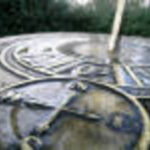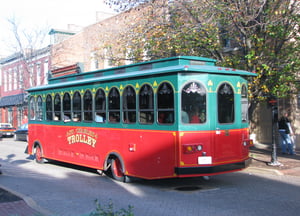The night sky is beautiful in your neighborhood. You’d love to take your children out to gaze at the stars and learn to identify them. But where to begin?
It’s a good idea to find a star chart, star wheel, or map and go over it before proceeding outdoors. For the beginner, it’s better not to use a telescope. Although a telescope shows a detailed view, the detail and number of visible stars can make it more difficult and confusing to identify major stars and constellations.
A star chart or star wheel can often be found in natural history magazines or astronomy publication. Most likely, you will be able to find one at a local bookstore. Star wheels are best, because they can be adjusted to date and time. Parts of the sky that will not be visible at that time will be blocked out on the star wheel.
Star charts and wheels simplify your view of the sky, because they don’t show every star. The star chart or star wheel will show the major stars and constellations that you should be able to identify.
Some of the maps, star charts or star wheels are illuminated so they can be read outdoors. Otherwise, you will need a dim flashlight or to put red cellophane over the glass. This will make it easier for your vision to adjust between light and dark.
Star charts and star wheels will show the groupings of stars called “constellations” and matching their shapes to the ones on the chart or wheel will help you identify the locations of individual stars. This is easily illustrated by the fact that the edge of the Big Dipper points to Polaris, the North Star.
Your family might be surprised to find that it’s not easy to pick up the constellations by their shapes, which quite often seem to bear no resemblance to the names they’ve been given.
On the star chart, map, or star wheel some stars will be shown as larger. These stars are usually the brightest and easiest to identify. They’re a great place to start for a child, normally representing their earliest success at finding a star themselves.
You and your children may notice that you can identify some stars through slight variations in color. Some stars may be reddish and some more of a blue color. This is indicative of the temperature of the star. Although you might guess the opposite, the colder stars are reddish-orange and the hottest are blue-white. However, this difference in temperature is only relative — stars are all still extremely hot, and are at least 2000 degrees Fahrenheit!
Once your family is used to identifying the major constellations, you may wish to pick up the night sky in more detail through a telescope or binoculars. The sky is an exciting discovery for children and adults alike. You might want to get started on this fun family activity on the next clear night in your back yard.







